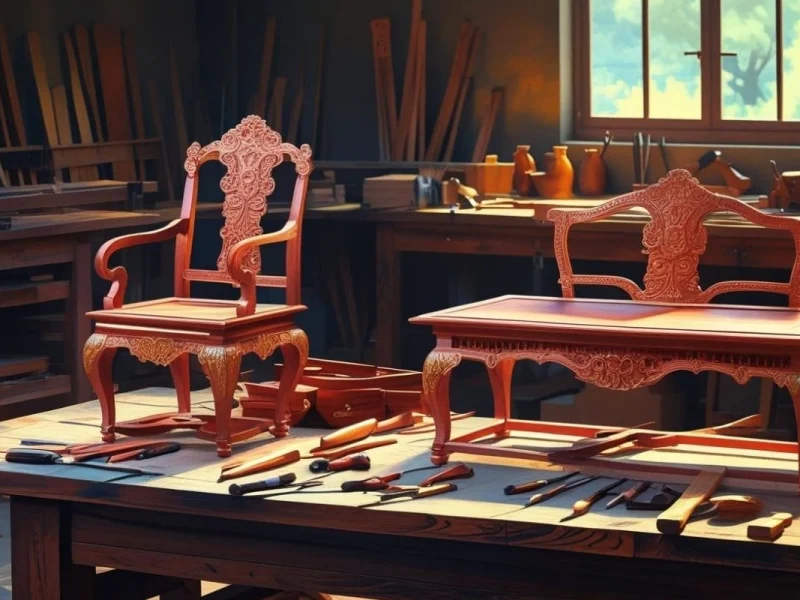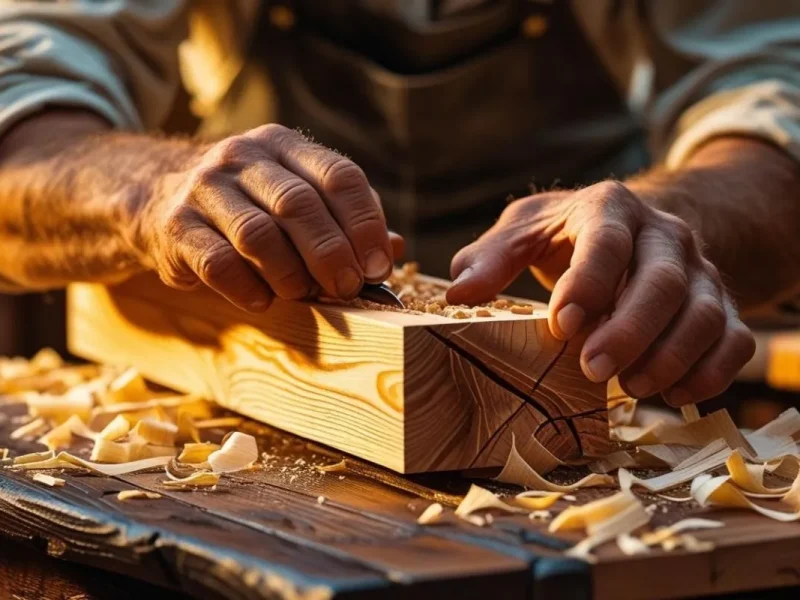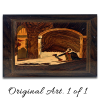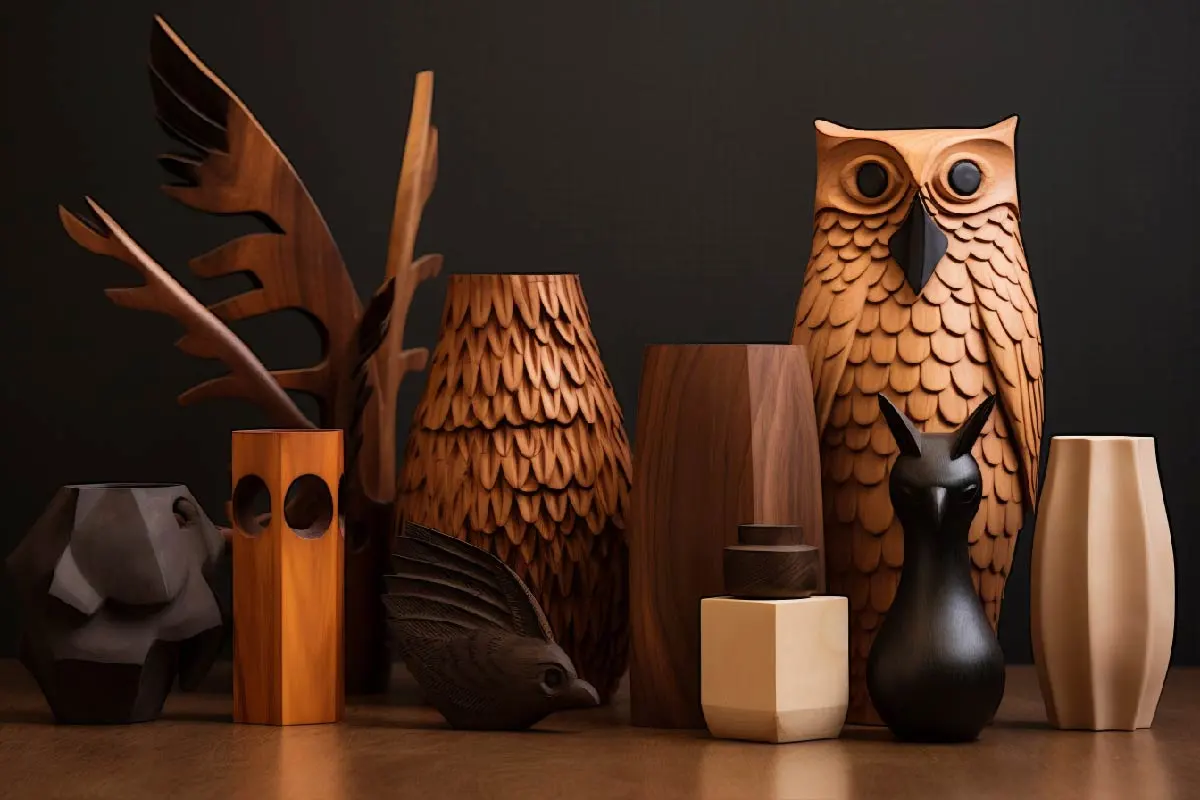
Exploring the Rich History of Wooden Craftsmanship Through Rosewood Art
Human beings have practised woodworking for millennia, making it one of the earliest forms of artistic expression. Artisans have transformed wood using their skills from ancient times to modern workshops. Crafters employ rosewood as one of their primary materials to create their delightful works among various wood varieties. The combination of its vivid shade along with lasting properties and elegant structure has made rosewood appealing to woodworking experts throughout various past centuries. This article explores the history of wooden craftsmanship through its elegant expressions in rosewood art.
The Origins of Wooden Craftsmanship
Throughout the history of human civilisation wood has been an indispensable material. Human ancestors built various wooden structures, including shelters, tools, and decorative objects. The development of human society was matched by advancements in woodworking arts and practices. Early wood carving skills emerged among the ancient Egyptians, Greeks, and Chinese. The artisans chose rosewood and other tree species to produce intricate designs that expressed their cultural values. During the mediaeval era wooden craftsmanship underwent greater refinement. Artisan workers from Europe invented unique carving approaches which led them to create grandiose furniture items alongside beautiful doors and religious sculptures. In Asia, particularly India and China, woodworking evolved into the creation of exquisite rosewood pieces and furniture.

Why Rosewood?
The high demand for rosewood stems from its strength, rich appearance, and smooth texture. Rosewood belongs to the Dalbergia family and is found in India, Brazil, and Madagascar. Craftsmen choose rosewood because of its combination of these features:
- The substance features an elegant reddish-brown colour with dark threads, which brings out its luxurious appearance.
- The material endures decay very well and continues to exist across numerous generations.
- The refined surface of fine grain matches perfectly with both carving operations and polishing procedures.
- The scent produced by particular rosewood species makes them more attractive because they release pleasant aromatic notes.
Rosewood Craftsmanship Across Cultures
India
The Indian nation maintains an extensive history of working with rosewood material. Rajasthan enjoys international fame for its complex rosewood furniture, while Mysore within Karnataka specialises in rosewood inlay work. Imported rosewood serves Indian artisans as a base material for making both temple decorations and musical instruments together with decorative doors and elegant furniture. Rosewood artisans from India use their exceptional talents and extended dedication to carve fine florals along with geometric patterns into their woodwork.
China
Rosewood holds the highest value in China when used to make traditional furniture pieces. During the Ming and Qing dynasties, Chinese craftsmen produced exquisite rosewood furniture, including chairs, tables, and cabinets. Each rosewood product became an artistic masterpiece because the dense material enabled precise woodwork. Design features depicted dragons together with birds and flowers which symbolised both wealth and lengthy existence.
Europe
During the European Renaissance, wood craftsmen started to integrate rosewood into their crafts-making process. French and English consumers favoured rosewood for creating luxurious furniture. During that era, numerous antique rosewood tables and desks together with cabinets, retain their status as elegant objects of art displaying masterful craftsmanship.
Africa and South America
For hundreds of years in Africa and South America, indigenous artists have shaped their sculptures and musical instruments together with their masks using rosewood timber. The production of luxury guitars and violins utilises the distinctive properties of Brazilian rosewood. The resonant tone of rosewood has established the wood material as a preferred ingredient for creating musical instruments.
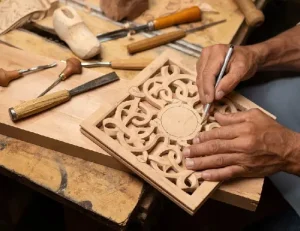
The Art of Rosewood Carving
Experts need skill and precision to work with rosewood. Its thick character leads to more challenging work than dealing with lighter woods. Skilled woodworkers understand that working with rosewood presents its own difficult aspects. Many steps guide the process of developing masterpieces from rosewood wood.
- Master woodworkers select the ideal pieces of rosewood by examining their patterns and colour combinations.
- The design artist creates sketches to guarantee the pattern suits the wood’s natural appearance.
- Using chisels, knives, and other specialised tools, the woodworker carves intricate designs.
- When artwork creation finishes, the wood receives careful smoothing treatment to improve its natural appearance.
- Some carved objects receive protective natural coatings that additionally create shine.
The Future of Rosewood Craftsmanship
Today, rosewood remains scarce because of increasing environmental problems and deforestation throughout the world. Many nations have imposed strict regulations on the rosewood trade to protect forest ecosystems. The scarcity of rosewood has caused expert artisans to choose environmentally friendly options and to work with old-growth rosewood in their creative processes. The art of rosewood craftsmanship overcomes numerous difficulties to survive passionately. Modern artisanal woodworking blends classical techniques with contemporary design to preserve craftsmanship traditions.
Conclusion
Wooden craftsmanship stands as an eternal art form that depends greatly on rosewood for its heritage. Rosewood remains a popular material for artisans throughout the world because its distinctive combination of beautiful appearance, durability and rich hue can be observed in both historical and present-day masterpieces. To ensure future generations can appreciate skilled woodworking, it is essential to protect this valuable resource. Rosewood exists in three main forms, including pieces of furniture, musical instruments and decorative items and it continues to narrate stories about human creativity and dedication.


